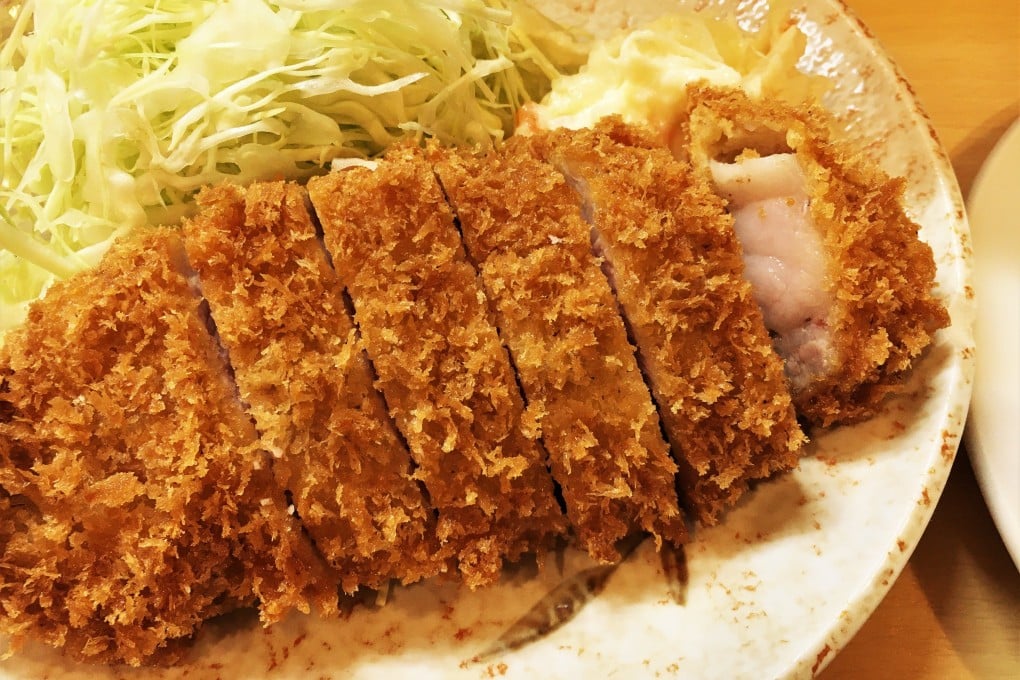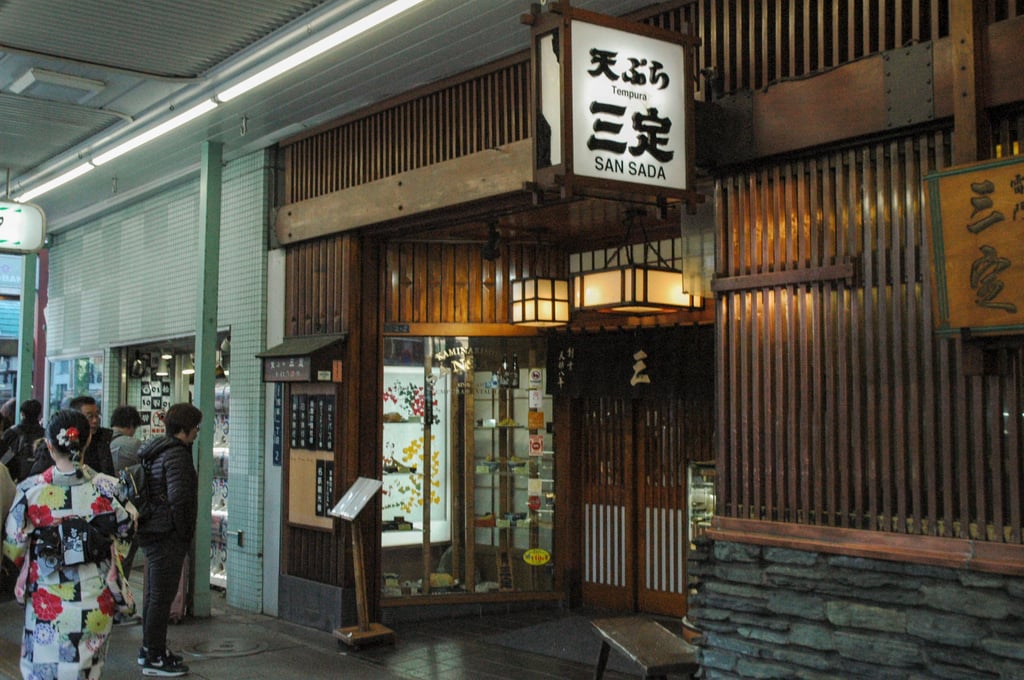What is washoku, Japanese cuisine on Unesco heritage list? It depends who you ask
- Unesco recognised washoku, literally ‘Japanese cuisine’, as Intangible Cultural Heritage 10 years ago, but its definition is unclear, and opinions differ
- Does high-end Japanese food count? How about dishes with foreign roots, such as ramen and tempura? Either way, food remains one of Japan’s biggest exports

Of the many aspects of Japanese culture, from martial arts to manga, that have found themselves exported and beloved the world over, the country’s cuisine is perhaps the best known.
Japanese food is almost synonymous with high quality, healthy dining, with dishes and ingredients making their way onto menus globally, and not just in Japanese restaurants.
Furikake seasoning, panko breadcrumbs, kombu seaweed, dashi stock, miso, mushrooms marketed with Japanese names – it all presents an allure that is as beguiling as it is big business.
Such is the case in Hong Kong. The city imported 457,000 tonnes of food from Japan in 2022, with a total value of more than US$560 million; of this, imported fish from Japan were valued at US$136 million, helping to supply the 3,979 restaurants (as of July 2023) licensed to sell sashimi.

Restaurants continue to open, even if many existing businesses are bearing the brunt of a ban on the importation of seafood from 10 of Japan’s prefectures, which went into effect in August last year.
